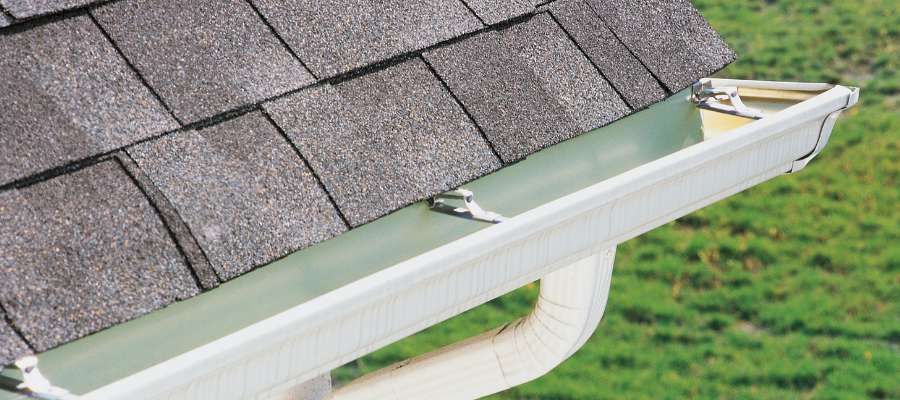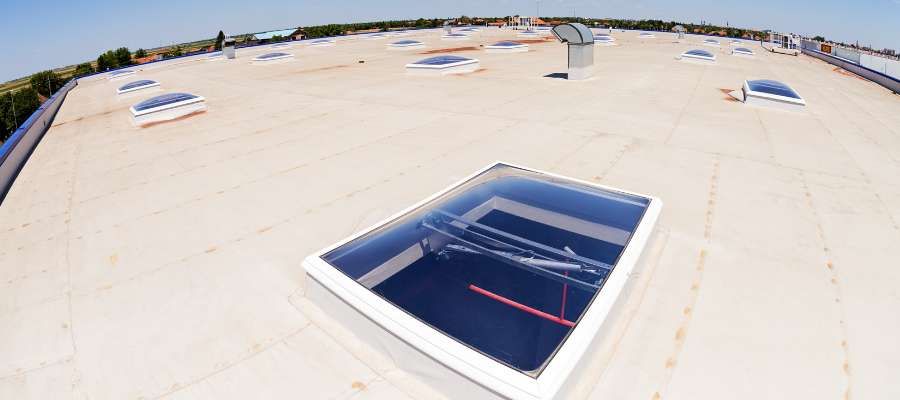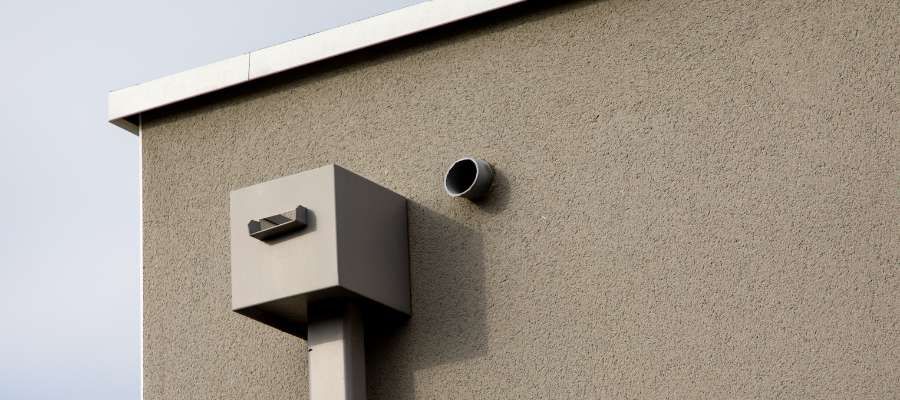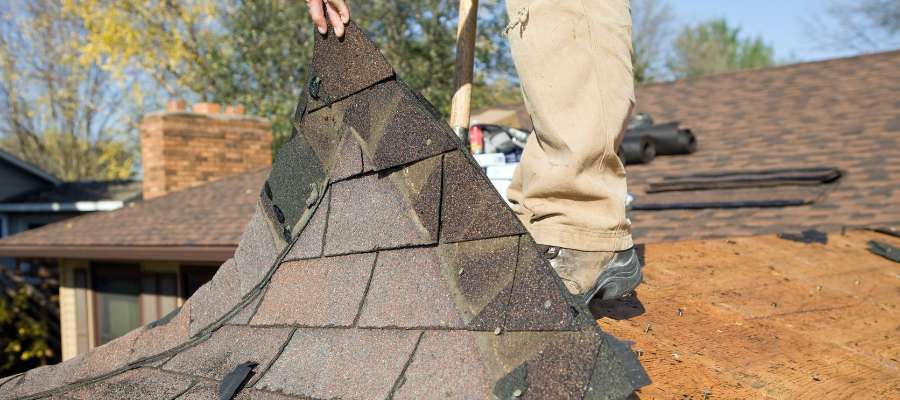Roof Maintenance to Prepare for Hot Tucson Summers
Tucson’s summers are known for their scorching heat, punctuated by unexpected heavy rain and thunderstorms. For homeowners, these climatic swings challenge the very shield that protects their homes – the roof. With proper preparation and maintenance, however, you can ensure that your home remains cool, dry, and impervious to summer’s wrath. Here’s a summer roofing guide courtesy of Repair First Roofing.
1. Thorough Roof Inspection
Start with a meticulous roof check:
- Spot missing, broken, or warped shingles.
- Identify signs of wear such as cracks or gaps.
- Examine indoor areas for water stains on ceilings or walls, suggesting possible leaks.
If you notice anything amiss, a professional roofing evaluation might be in order.
2. Clean and Streamline Gutters
Your gutters play a pivotal role, especially during those sudden summer downpours:
- Clear away leaves, twigs, and other obstructions that might lead to blockages.
- Ensure downspouts are correctly positioned to carry water away from your home’s foundation.
- For a more permanent solution, consider investing in gutter guards to minimize debris build-up.
3. Address Uninvited Guests
Roofs are enticing nesting spots for birds and hideaways for pests. But, they can be detrimental:
- Bird droppings, particularly from pigeons, are acidic and can erode roofing materials.
- Pests, like rats or squirrels, can gnaw away, leading to structural vulnerabilities.
Regular inspections and humane deterrents can prevent these unwelcome guests from setting up residence.
4. Manage Tree Limbs
While tree shade is a godsend in Tucson’s intense heat, overhanging limbs can be problematic:
- They can provide easy access for pests to your roof.
- Fallen leaves might block gutters.
- During storms, these limbs pose a breakage risk.
Prune any branches that threaten your roof’s integrity.
5. Consider Roof Coating
If you have a flat roof, a roof coating acts like a protective layer, shielding your roof from the harsh UV rays and providing waterproofing against rains. It can:
- Extend the life of your roof.
- Reflect more sunlight, thus keeping your home cooler.
- Prevent minor damages from escalating.
If your roof hasn’t had a coating recently, or shows signs of wear, it might be time for a fresh coat.
6. Consult Roofing Experts
While regular maintenance is invaluable, a professional touch ensures all bases are covered. The team at Repair First Roofing is adept at ensuring Tucson homes are fortified against summer’s challenges. From spotting potential weaknesses to suggesting necessary interventions, our expertise is unmatched.
Tucson’s summer can be demanding on your roof. But with a blend of proactive maintenance and expert guidance, you can sail through the season. Trust Repair First Roofing for a roof that not only stands up to the heat but also adds years to its life.







